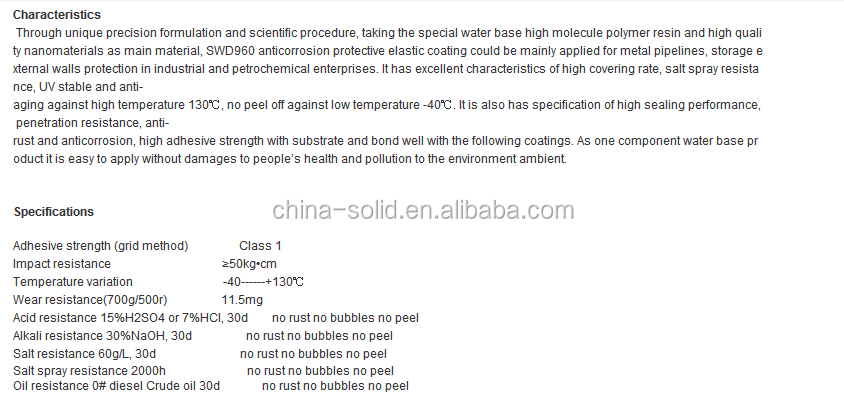

The primer acts as a protective layer between the material and any overcoat layers, such as matte, gloss or satin paints.

This can range from 30 minutes to many hours the drying time will be longer in cold and humid environments.Ībsolutely! Emulsions can be used as a primer, but there are additional steps you’ll need to take.Ī primer stops wood, plaster and other porous surfaces from absorbing paint or other overcoats. Pay close attention to the required drying time between coats. A biocide is mixed into almost all paints – they are specialised chemicals that prevent mould from forming in the paint tin and on painted walls.Īlways follow the manufacturer’s guidance when using emulsions. They may also contain less useful chemical additives, degrading any overcoats more quickly.Ĭheaper emulsions can also contain less biocide. Painting a smooth and even finish with these emulsions isn’t impossible, but it will take up more of your time and effort. Low-quality emulsions have a thicker, glue-like consistency. These products can be relatively expensive, but it’s worth spending the extra cash and investing in the best brands. Using a high-quality, premium emulsion will produce a noticeably better finish. These chemical additives help to prevent scratches and resist peeling. See the table below for guidance on when an emulsion undercoat may be suitable.Įmulsions that contain synthetic resins (acrylic, vinyl, acetate or a mixture of these substances) will last longer than those without. However, emulsions can be used as a safe and effective undercoat on some indoor surfaces. Most emulsions available from DIY shops, supermarkets and paint shops are labelled for indoor use only and are rarely marketed for use as an undercoat. The main function of an undercoat is to create an easy-to-paint surface for further applications of paint or finish. The term emulsion refers to a specific type of water-based paint.Īn undercoat refers to any smooth layer applied to a surface to be further painted or varnished with additional layers. What’s The Difference Between Emulsion And Undercoat? Is Primer Necessary For Painting Walls?.Can You Use Emulsion As Undercoat On Wood?.When Can’t I Use Emulsion As An Undercoat?.Can Emulsion Paint Be Used As A Primer?.What’s The Difference Between Emulsion And Undercoat?.We’ve also included the steps you need to take to correctly thin an emulsion for undercoat painting. Read on to find out which materials are suitable for an emulsion undercoat. These chemicals are typically a mixture of synthetic resins, coloured pigments, biocides and other chemical additives.Įmulsion paints aren’t designed for use as an undercoat however, they can form a smooth and durable undercoat on some indoor surfaces. Any imperfections in the undercoat can stick out like a sore thumb, even after overpainting with multiple layers.Īn emulsion is a type of water-based paint – it’s generally used to paint walls and ceilings.Įmulsions contain added chemicals which increase their stability and durability. Getting the undercoat right is vital when painting any large surface, particularly plastered walls and ceilings. The ideal undercoat acts as a perfectly smooth, level layer that forms a strong bond between a surface and the layers of paint applied over it. Let the emulsion dry for at least 2 hours before overpainting only use water-based paints over an emulsion undercoat – latex and oil-based paints are unsuitable and prone to peeling. Dilute the emulsion with tap water in a 3:1 ratio and apply a smooth, even layer over a prepared surface. White emulsion paint can be used as an undercoat for interior wood and plaster surfaces.


 0 kommentar(er)
0 kommentar(er)
